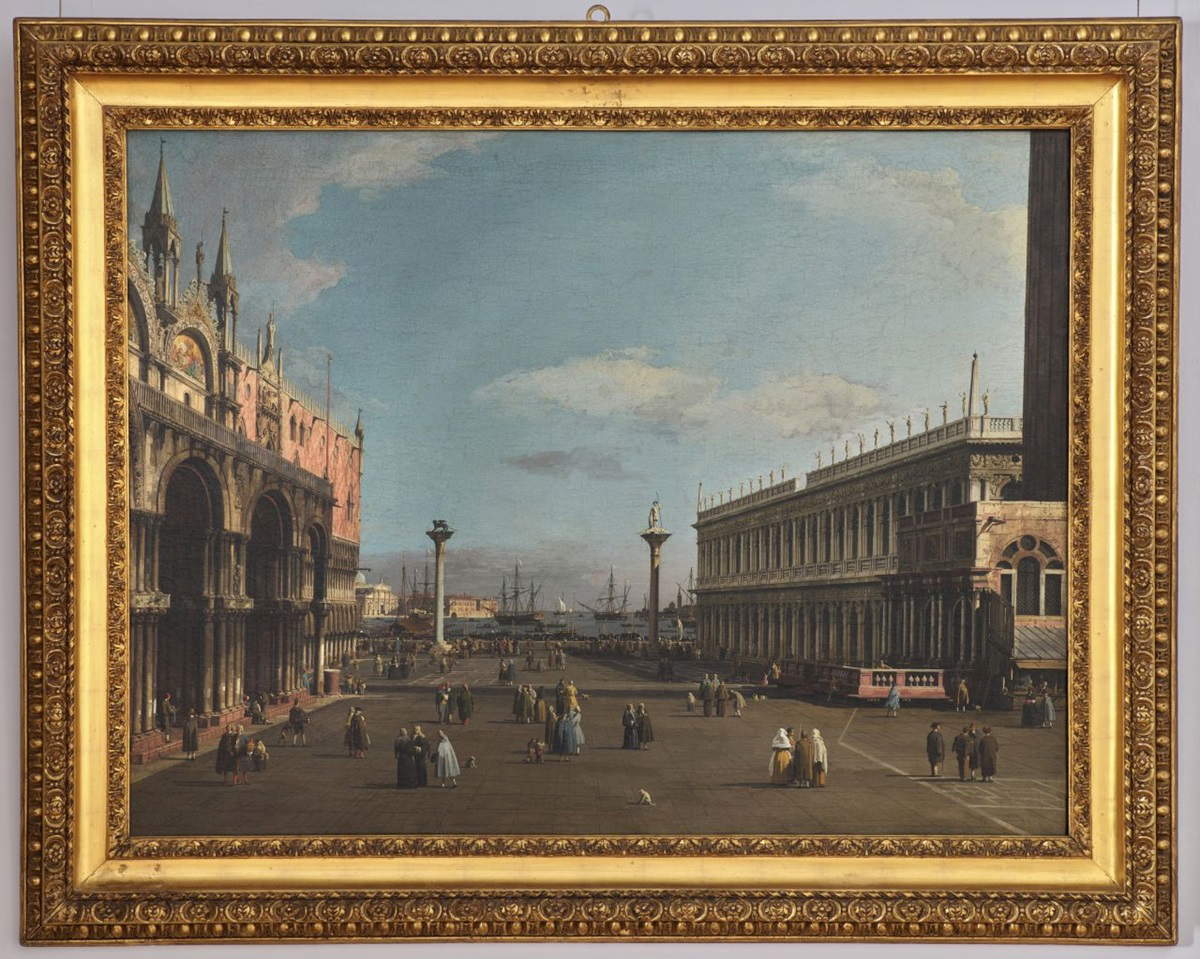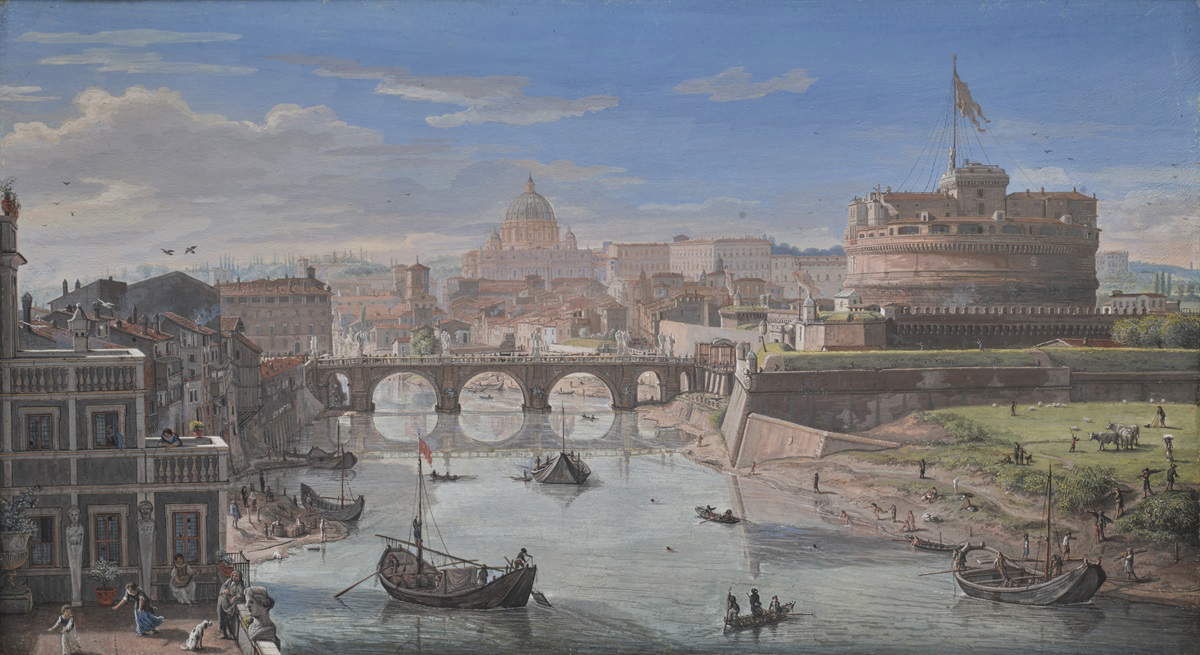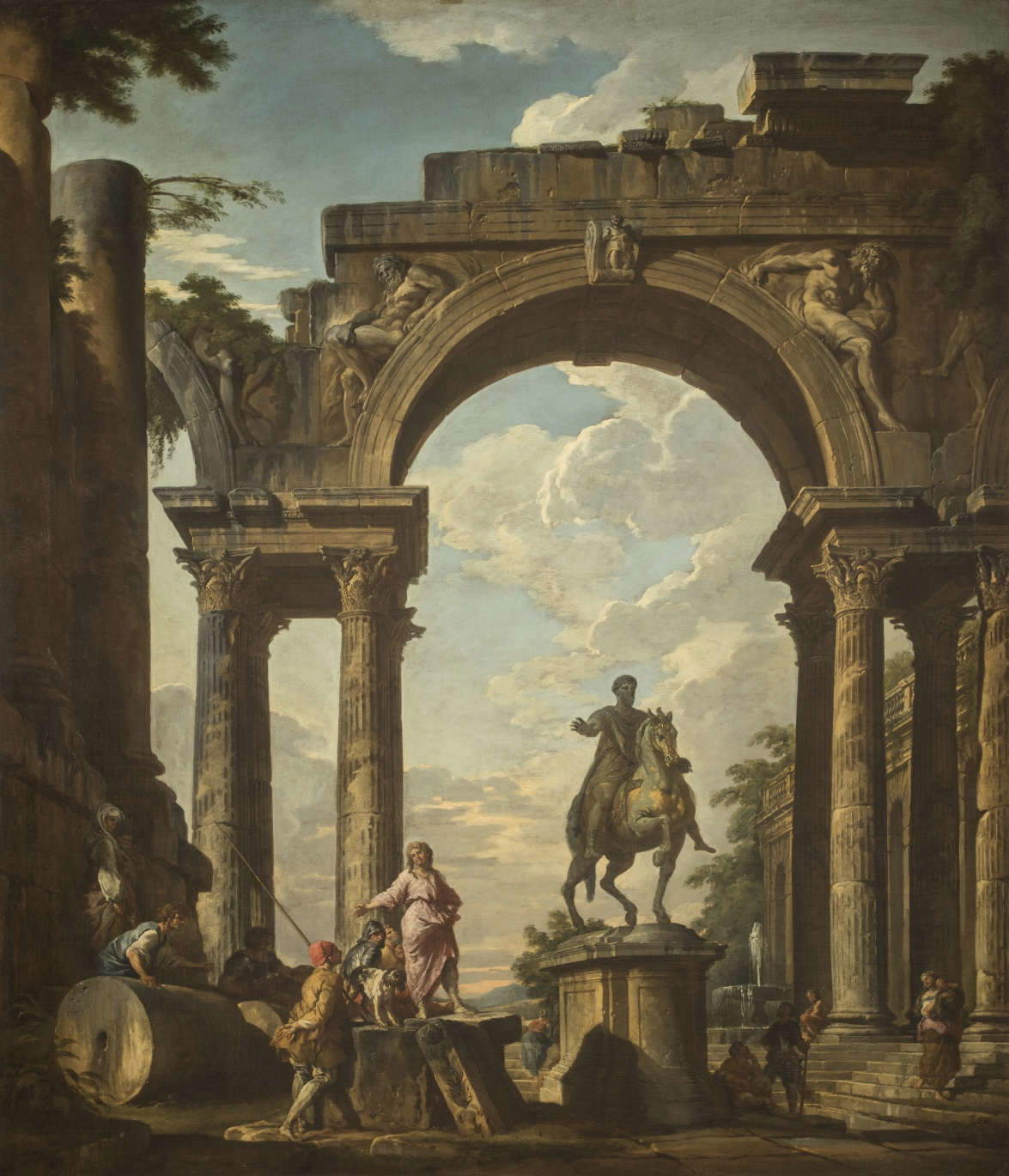Canaletto, Van Wittel, Bellotto and their vision of Rome and Venice on display in Cuneo
The CRC Foundation and Intesa Sanpaolo present the exhibition Canaletto, Van Wittel, Bellotto. The Grand Theater of Cities. Masterpieces from the National Galleries of Ancient Art, open to the public from Nov. 30, 2024, to March 30, 2025, at the Complesso Monumentale di San Francesco in Cuneo. The exhibition project, realized in collaboration with the National Galleries of Ancient Art in Rome and with the organizational support of MondoMostre, brings together masterpieces dedicated to the representation of cities. Curated by Paola Nicita and Yuri Primarosa of the National Galleries of Ancient Art, the exhibition is part of the Le Gallerie Nazionali nel mondo project and offers a journey through the urban views of Rome and Venice in the 18th century. The works of Giovanni Antonio Canaletto (Venice, 1697 - 1768), Gaspar Van Wittel (Amersfoort, 1653 - Rome, 1736) and Bernardo Bellotto (Venice, 1721 - Warsaw, 1780), together with those of Giovanni Paolo Pannini (Piacenza, 1691 - Rome, 1765) from Piacenza, tell a never-before-seen vision of the cities, protagonists of the culture of the Grand Tour.
Featuring twelve masterpieces from the National Galleries of Ancient Art in Rome, the exhibition investigates how 18th-century artists immortalized the grandeur of Rome and the elegance of Venice, two key stages of cultural travel in Italy at the time. Through views of festivals, ceremonies and moments of city life, painters were able to create vivid and lasting images for travelers of the time.
Depicting Venice in the exhibition is Giovanni Antonio Canaletto, whose four masterpieces are on display. The Venetian painter, a master of perspective, is distinguished by an innovative approach to view composition, offering a personal interpretation of it. In works such as Veduta di Venezia con la Piazzetta of about 1741 and Veduta di Venezia con il Ponte di Rialto of about 1735-1740, Canaletto concentrates a myriad of details, combining descriptive precision and luminous sensitivity. His canvases evoke a vivid image of Venice, the result of careful research into pictorial effect.



As for Rome, the five views on display by Gaspar Van Wittel, a Dutch-born painter active between the 17th and 18th centuries, capture the essence of the Baroque and 18th-century city. Van Wittel, known for his scrupulous technique and use of optical science, creates sweeping architectural views from above, animated by moving figures and imbued with life. Among the works on display are 1684’s Veduta di Roma dalla piazza del Quirinale and 1683’s Veduta del Tevere a Castel Sant’Angelo, where his detailed rendering of the cityscape marks an evolution of the veduta genre, influencing later generations of artists. Completing the vision of Rome at the time are two works by Giovanni Paolo Pannini, who interprets the city through imaginative compositions of ruins and monuments. In works such as Capriccio with the equestrian statue of Marcus Aurelius, 1745, and Ruderi con terme, c. 1730, Pannini combines classical ruins, urns and columns in naturalistic settings in order to create settings of great charm and originality.
Finally, Bernardo Bellotto, nephew and pupil of Canaletto, took up his uncle’s legacy and expanded it beyond Italian borders. On display, The Market Square of the New City of Dresden from 1747 is an example of how Bellotto applies the Venetian style of veduta to the city of Dresden, demonstrating his ability to depict complex urban spaces with extraordinary precision and rigor. The exhibition Canaletto, Van Wittel, Bellotto. The Grand Theater of Cities. Masterpieces from the National Galleries of Ancient Art recounts the artistic evolution that transformed urban scenery into a kind of open-air theater. In these views, reality blends spectacularly with imagination and creates sets where the detailed gaze is intertwined with a deep poetic sensibility. The catalog accompanying the exhibition, published by MondoMostre, includes critical essays by Paola Nicita and Yuri Primarosa, as well as reproductions of the works on display, which find new life in the evocative spaces of the San Francesco Monumental Complex in Cuneo. Throughout the duration of the exhibition, there will be numerous collateral events, educational workshops and guided tours aimed at the public and schools, organized by Felìz Comunicazione. A relevant aspect of the project is the involvement of young scholars who participated in the Museo Laboratorio research experience of the National Galleries of Ancient Art. Under the direction of Paola Nicita, this educational project gives students from the School of Specialization in Historical-Artistic Heritage at La Sapienza University of Rome the opportunity to explore topics related to conservation and art history, thanks to an agreement with the National Galleries.
Hours: Tuesday - Friday: 3:30 p.m. - 7:30 p.m. (mornings open by appointment for schools and groups); Saturday - Sunday: 10 a.m. - 7:30 p.m. all day. Free admission.
 |
| Canaletto, Van Wittel, Bellotto and their vision of Rome and Venice on display in Cuneo |
Warning: the translation into English of the original Italian article was created using automatic tools. We undertake to review all articles, but we do not guarantee the total absence of inaccuracies in the translation due to the program. You can find the original by clicking on the ITA button. If you find any mistake,please contact us.




























